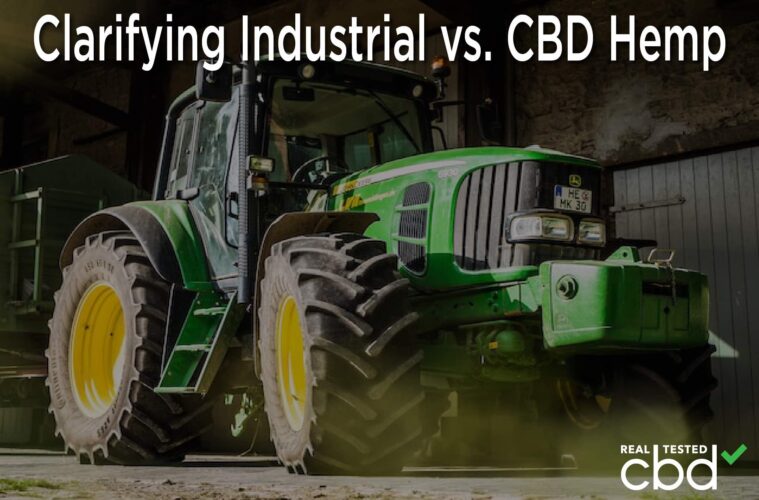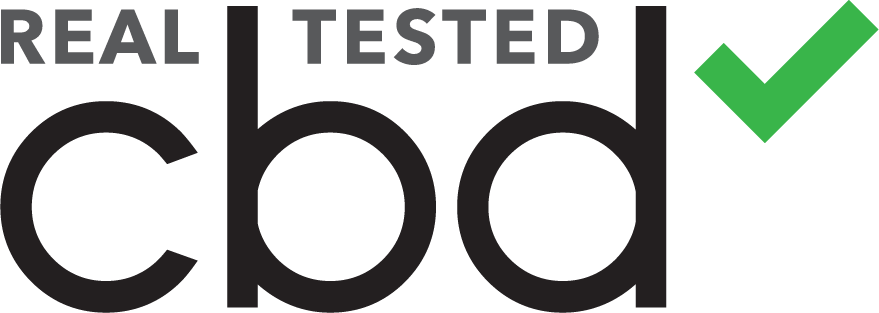For contemporary customers, hemp flowers are virtually synonymous with CBD oil. However, for most of human history, cultivators didn’t care too much about the cannabinoids in hemp flowers. Indeed, most archeological researchsuggests our ancestors only grew hemp for “practical” purposes like making textiles.
Given the new relaxed laws on growing hemp flowers and the huge demand for CBD oil, countless US farmers are now growing hemp specifically for CBD. However, that doesn’t mean hemp doesn’t have industrial uses, nor does it mean every hemp farmer grows this crop for CBD extraction.
In an ideal world, only people who grow hemp specifically for CBD would be manufacturing CBD products. Unfortunately, since there’s a lot of “green” to be made in the CBD market, some farmers have been selling inferior “industrial hemp” as “high-CBD hemp.” To spot the best CBD products, customers should know the key differences between these types of hemp flowers.
What Do Customers Need to Know About Industrial vs. CBD Hemp?
From paper and concrete to biofuel and textiles, hemp has many fascinating use cases. However, if farmers grow their hemp crop for industrial purposes, they will likely sacrifice their plants’ total CBD percentage. Also, industrial hemp could have higher traces of heavy metals, pesticides, and insecticides versus CBD hemp grown for human consumption.
CBD isn’t a critical concern in industrial hemp cultivation. Instead, most industrial hemp farmers focus on growing thick fibrous stalks. Since there’s no need to achieve a high CBD percentage, industrial hemp cultivators often plant their crops close together in large fields. Also, industrial hemp farmers don’t worry about putting male and female hemp plants close together in their farmland.
Planting male cannabis plants has always been a big “no-no” for people who want the max cannabinoid percentage. Interestingly, only unpollinated female hemp plants produce the most cannabinoids. So, even though industrial hemp will have some CBD, it will be nowhere near as much as a well-tended, feminized CBD hemp garden.
To further enhance the cannabinoid percentage in CBD hemp, cultivators have to take extra care and time to space out their plants, feed them good nutrients, and use training techniques like bending. Of course, top-tier CBD hemp should also be planted in soil or hydroponics units without the risk of heavy metal exposure or pesticides. Hemp does a great job absorbing heavy metals from the ground, so CBD hemp farmers need to screen their final products for these compounds.
How Do You Know If CBD Oil Comes From CBD Hemp?
Reputable CBD brands should be transparent about where they source their hemp flowers. Optimally, you should look for CBD companies with a USDA Organic seal of approval to verify it meets official standards.
However, the best way to test any CBD company is to look at its third-party lab results. Compare the potencies and percentages of CBD against other brands, and be sure to watch out for heavy metals, delta-9 THC, and pesticides.
If a CBD hemp company refuses to give you a third-party lab report, then it’s not a good choice. Certificates of Analysis (COAs) are the only way you can get an unbiased look into the quality of your CBD brand’s products. In many cases, industrial hemp farmers refuse to send their CBD to labs to keep you from seeing the inferior quality of their products.
Pre-Screen Your CBD With The Help of Real Tested CBD
Since there’s so much money to be made in the legal CBD market, there are a lot of farmers passing off industrial hemp as high-quality CBD flowers. Please always request a third-party lab report with your hemp-derived goods to protect yourself from CBD scammers.
Better yet, you could check all of the unbiased reviews of the best CBD near me on Real Tested CBD. Instead of going to dozens of CBD shops, Real Tested CBD has reviews on all of the most talked-about CBD brands in one spot.
To explore Real Tested CBD’s top picks for CBD oil, be sure to follow this link.
Advertising disclosure: We may receive compensation for some of the links in our stories. Thank you for supporting Irvine Weekly and our advertisers.


